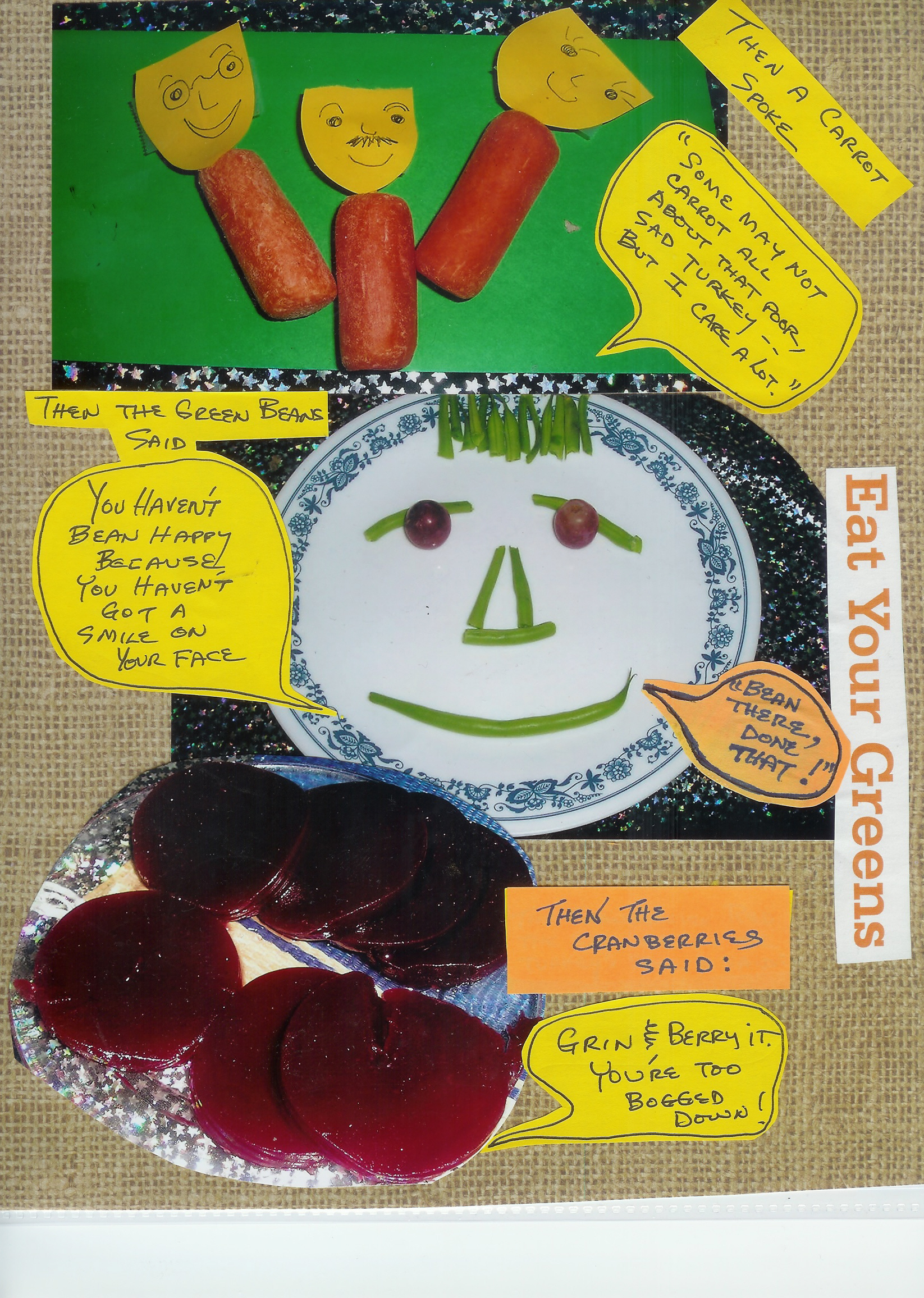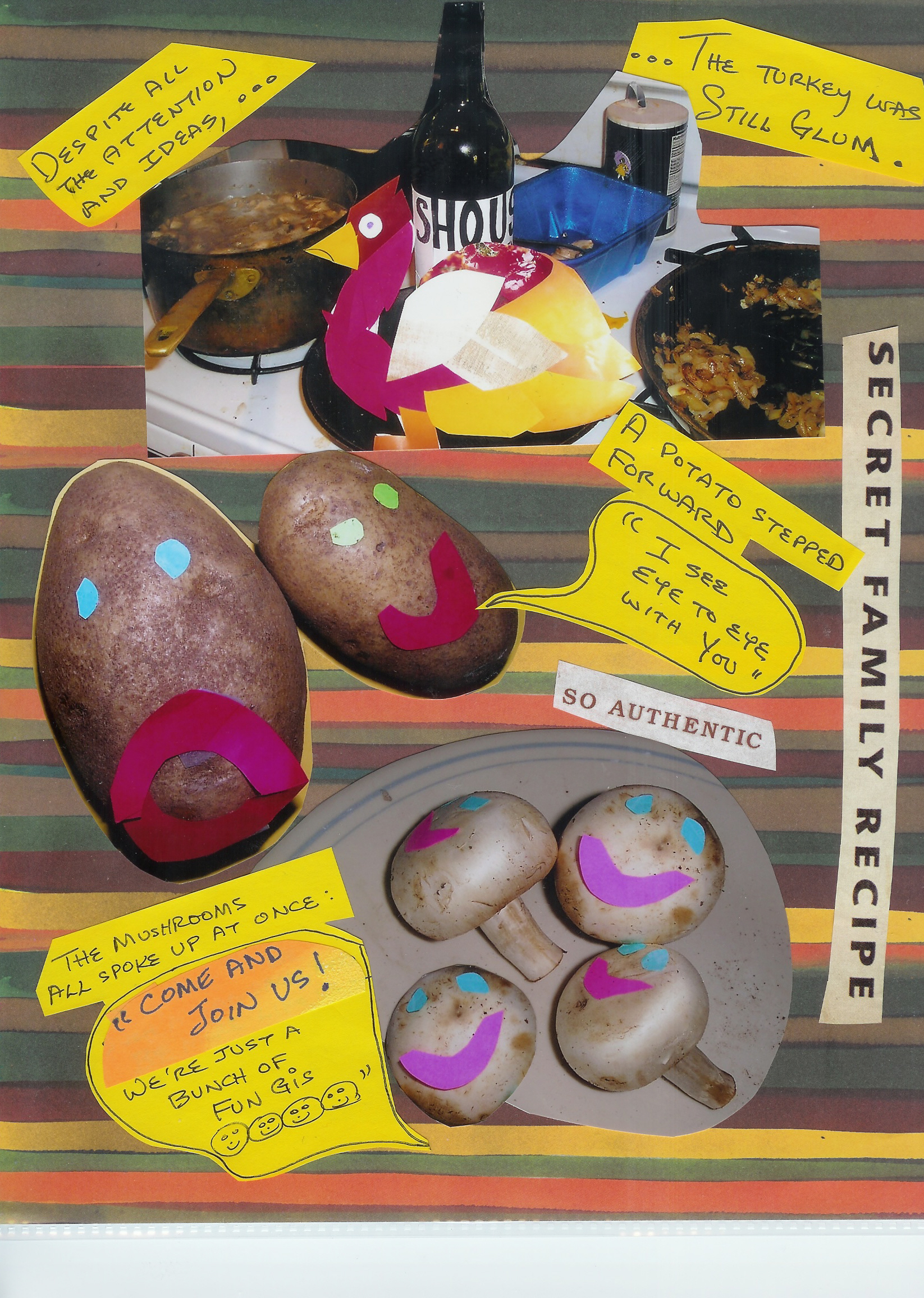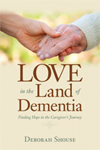Posts Tagged ‘scrapbooking’
Adapting Hobbies to Meet Changing Abilities
Years ago, I worked as an activity director at a county home in Butler, Mo. There I learned about adapting hobbies to meet changing abilities. Albert taught me that even when you can’t grip a domino, you can still enjoy the game. Every Wednesday, we dropped him off at the town square for his weekly session. A friend helped him place the pieces and he often won. Sadie taught me the power of memorizing poetry. Though she could no longer see the world around her, she enriched her inner world by memorizing dozens of verses. Visiting her was like opening a book of best-loved poems. The residents all taught me the joy of sitting around a table together, working on a project. Even if the project didn’t work out the way we envisioned, the energy and camaraderie did.
Earlier this year, we had the opportunity to offer a presentation on engaging through creative activities for the National Association of Activity Professionals. These professionals are so vital in helping people stay creative and connected throughout the dementia journey. We were inspired by their depth of knowledge, compassion, and eagerness to learn.
As part of our presentation, we discussed adapting hobbies to meet changing abilities. We shared ideas from Connecting in the Land of Dementia, and our participants offered ideas from their experiences. Here are some tips for adapting hobbies:
Ask yourself: What does the person love most about doing this activity? What are the most important components for them?
For example, for gardeners, is it the feel of their hands in the soil? Is it producing flowers or harvesting vegetables? Is it having something to take care of? Or is it the ritual coffee and cookies enjoyed after the work is done?
For those who like quilting, is it the finished product or making the squares? Is it the companionship with other quilters? Or the texture and colors of the fabric?
For scrapbookers, do they enjoy looking through photos or gluing pictures on the page? Do they like leafing through magazines and cutting out pertinent words and pictures or adding stickers and other playful accents. Or maybe it’s the companionship of working together.
By gathering answers to these types of questions, you can break down the activity’s components and encourage people living with dementia to keep pursuing their interests.
If you have ideas for adapting activities, we’d love to hear about them. For more information on the NAAP, visit https://naap.info/
Deborah Shouse is the author of Connecting in the Land of Dementia: Creative Activities to Explore Together and Love in the Land of Dementia: Finding Hope in the Caregiver’s Journey.
The HERO Project: Four Steps to Creating Scraps of Stories That Connect
One summer, my parents and my 10-year-old nephew Jake were visiting me and I wanted an activity we could all do together. Normally, Jake and Mom had a grand time together; but my mother, in her early stages of Alzheimer’s, wasn’t the grandmother Jake was used to. Jake knew his grandmother had something wrong with her but he didn’t know what to do about it. So I created a family project, a simple story scrapbook, complete with photos and a storyline, starring Jake and Nana and my father.
Since Jake was interested in strength and power, I created a tale where the strongest kid learns about something even more powerful than physical prowess – love. 
Designing a Project We Could All Participate In
This was a healing project for my family.
Jake and I worked on the storyline, then shared it with my parents. I took photos as they acted out the script. My mother was going through a stage of being very resistant and she had a good time acting out her frustration. My depressed father actually smiled and laughed during the photo shoot.
When I had developed the photos, we sat around the table and put the scrapbook together. Mom and Dad enjoyed leafing through magazines for extra sayings and words to spice up the pages. Most of all they enjoyed sitting around, focused on something other than the confusion of Mom’s Alzheimer’s.
We all loved the finished product. Our story scrapbook had a meaningful message and we shared the project with our friends and relatives. It was a way to let people know, “We’re still here and we’re still having fun, despite Mom’s diagnosis of dementia.” Reading this story inspired people to reach out to my parents and stay connected.
Chasing Away the Holiday Blues and Adding Creative Jazz to Our T-Day
We did other story scraps –some with our family as a group, others starring individuals. Each time we loved the process and the results. We called this work, The HERO Project, because we were inviting people to have fun and be seen as the heroes they really were.
 One Thanksgiving, when I was grieving because Mom could no longer help with the holiday meal, I created a HERO Project called, “The Little Kitchen that Could.” The story starred all of us and gave us a creative focus during that difficult holiday period. My parents smiled as we sat around the dining room table, preparing for our photo shoot by taping paper faces on my pots and pans and giving the unpeeled potatoes big grins. They smiled again as they stood in the kitchen and acted out “refusing to help with the dishes.” Later, they enjoyed sitting with us as we put together our story scrapbook.
One Thanksgiving, when I was grieving because Mom could no longer help with the holiday meal, I created a HERO Project called, “The Little Kitchen that Could.” The story starred all of us and gave us a creative focus during that difficult holiday period. My parents smiled as we sat around the dining room table, preparing for our photo shoot by taping paper faces on my pots and pans and giving the unpeeled potatoes big grins. They smiled again as they stood in the kitchen and acted out “refusing to help with the dishes.” Later, they enjoyed sitting with us as we put together our story scrapbook. 
Four Stunning Steps to the HERO Project
These projects are easy and fun and can involve as many people as possible.
- Write a simple story that has humor and meaning.
- Stage a photo shoot, taking pictures that illustrate your story. Fill in with old photos or magazine pictures.
- Create a collaging session, where everyone gathers to put together the script and pictures in a low-key scrapbook.
- Celebrate by sharing your book with everyone!
For more examples of HERO Projects, visit The HERO Project link at www.TheCreativityConnection.com/


